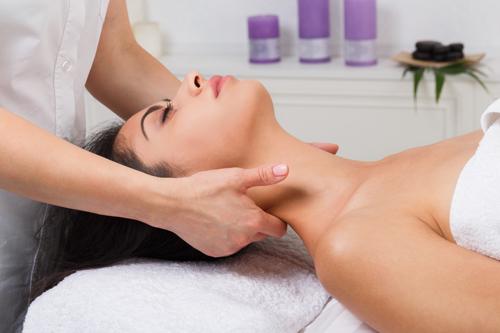
Craniosacral Therapy
Craniosacral Therapy is becoming a treatment of choice in areas of pain, rehabilitation and neurology. Also called CST, or cranial osteopathy, it is a gentle, non invasive, hands-on technique, developed by an American osteopathic physician almost one hundred years ago.
CST theory and practice is based on understanding the continuous subtle movements of the cranial bones, which result in a rhythm of approximately six to twelve cycles per minute. This rhythm is understood as a response to cerebrospinal fluid (CSF) fluctuations within the spinal cord and brain environment. The subtle movement extends outward to the entire body, in response to the fluid pressure changes around the Central Nervous System.
A therapist gently works with the whole body including the spine and the skull, and its cranial sutures, diaphragms, and fascia. By using the hands as fine discriminating tools, Craniosacral therapists are able to detect disturbances in the cranial sacral rhythm to help them identify areas of dysfunction, such as cranial, sutural, membrane and other soft tissue restrictions in the body. Patients remain clothed during a treatment and treatments generally are one hour long.
A treatment works in the following ways:
- Helps restore normal cranial mobility;
- Releases abnormal myofascial restrictions and tensions in the body;
- Releases abnormal restrictions in the head;
- Eases restrictions of nerves;
- Optimizes cerebrospinal fluid movement through the central nervous system;
- Helps restore misaligned bones to their proper positions (assisting troubles associated with the head, back, neck, hips, shoulders, arms, hands, knees and feet)
Craniosacral Therapy is beneficial for all ages from Infant to the Elderly:
- Birth traumas and other perinatal challenges;
- Infant latching and feeding difficulties;
- Recurrent ear infections;
- Facial asymmetries and eye motor problems;
- Learning disabilities, A.D.D., A.D.H.D;
- Gross and fine motor problems;
- Developmental delays, autism;
- Headaches;
- Concussion, and post-concussion symptoms;
- Tinnitus, hearing loss and vertigo;
- TMJ syndrome;
- Stress disorders and insomnia;
- Muscle and joint pain or injury; and
- Many neurological conditions and pain syndromes
